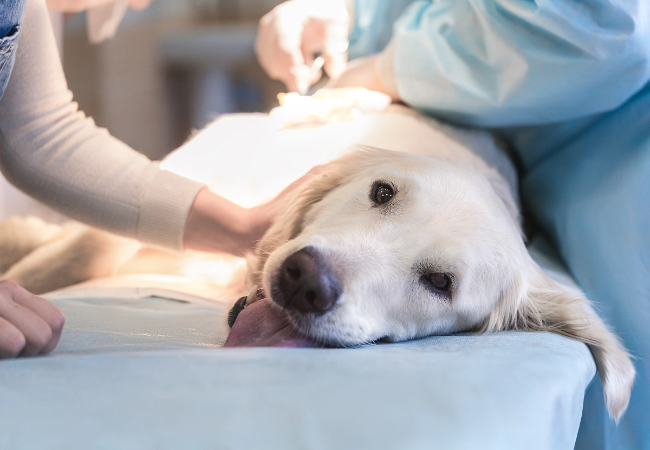Veterinarian’s 2025 Guide to Canine Pneumocystosis | Diagnosis, Treatment & Recovery🐾

In this article
Veterinarian’s 2025 Guide to Canine Pneumocystosis | Diagnosis, Treatment & Recovery🐾
By Dr. Duncan Houston BVSc
🔍 What Is Pneumocystosis?
Pneumocystosis is a fungal-like infection of the lungs caused by Pneumocystis carinii/jirovecii. It typically affects puppies, breed‑predisposed dogs (e.g., Cavalier King Charles Spaniels, Miniature Dachshunds), or immunocompromised dogs. 🫁 Pneumocystis resides in alveoli, leading to pneumonia-like signs.
💡 Risk Factors & Who Gets It
- Young dogs (<1 yr), especially pedigree breeds like CKCS, Boxers, Dachshunds
- Immunodeficiency from genetic factors or medication
- Often found alongside other respiratory conditions
🚨 Clinical Signs
- Progressive tachypnea, labored breathing, non-productive cough, exercise intolerance
- Cyanosis, normal or low-grade fever; may include anorexia, weight loss
- Created misdiagnoses of pneumonia; poor antibiotic response
🔬 Diagnostic Approach
- Chest X‑rays: diffuse, bilateral miliary to alveolar patterns; may show interstitial disease
- Tracheal wash, BAL, or lung aspirate: look for cysts/trophozoites with Grocott’s silver stain
- PCR on BAL samples can detect DNA, though colonization vs. disease is debated
- Lung biopsy is definitive but invasive; cytology is often sufficient
🛠 Treatment Options
- Trimethoprim–sulfamethoxazole (TMS): first-line treatment for ~21–28 days, often with adjunctive corticosteroids to reduce inflammation
- Supportive care: oxygen therapy, IV fluids, bronchodilators, and physical therapy to clear lung secretions
- Isolation during treatment to reduce secondary infection
📈 Prognosis & Monitoring
- Prognosis is good if treated early; severe or delayed cases may lead to respiratory failure
- Repeat thoracic imaging and oxygenation monitoring are essential during recovery
- Long-term follow-up is critical in immunodeficient dogs to prevent relapse
🛡 Prevention & Owner Tips
- Minimize unnecessary immunosuppressive therapy
- Isolate infected dogs during treatment
- Ensure early veterinary evaluation for persistent respiratory signs
- Consider prophylactic TMS in high-risk breeds under immunosuppression?
🔧 Owner Tools & Support Services
- Ask A Vet App: 24/7 respiratory assessment guidance, oxygen/home care recommendations 📱
✅ Final Thoughts
Canine pneumocystosis, while rare, is a serious respiratory fungal infection in young or immunocompromised dogs. Early recognition, targeted anti-fungal therapy with TMS, and supportive care improve outcomes. In 2025, owners can use Ask A Vet. 🐾❤️
Download the Ask A Vet app today for expert help with respiratory signs, medication protocols, and follow‑up care. 📱💡






